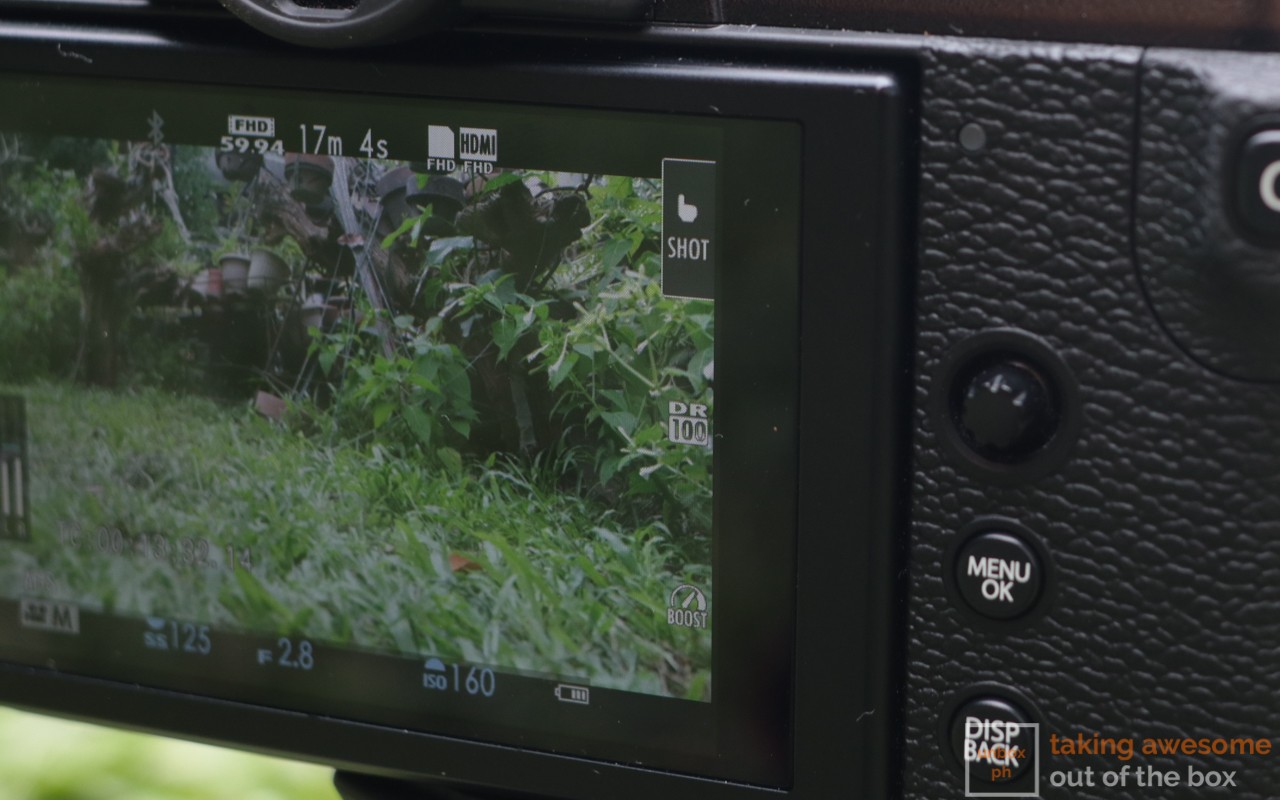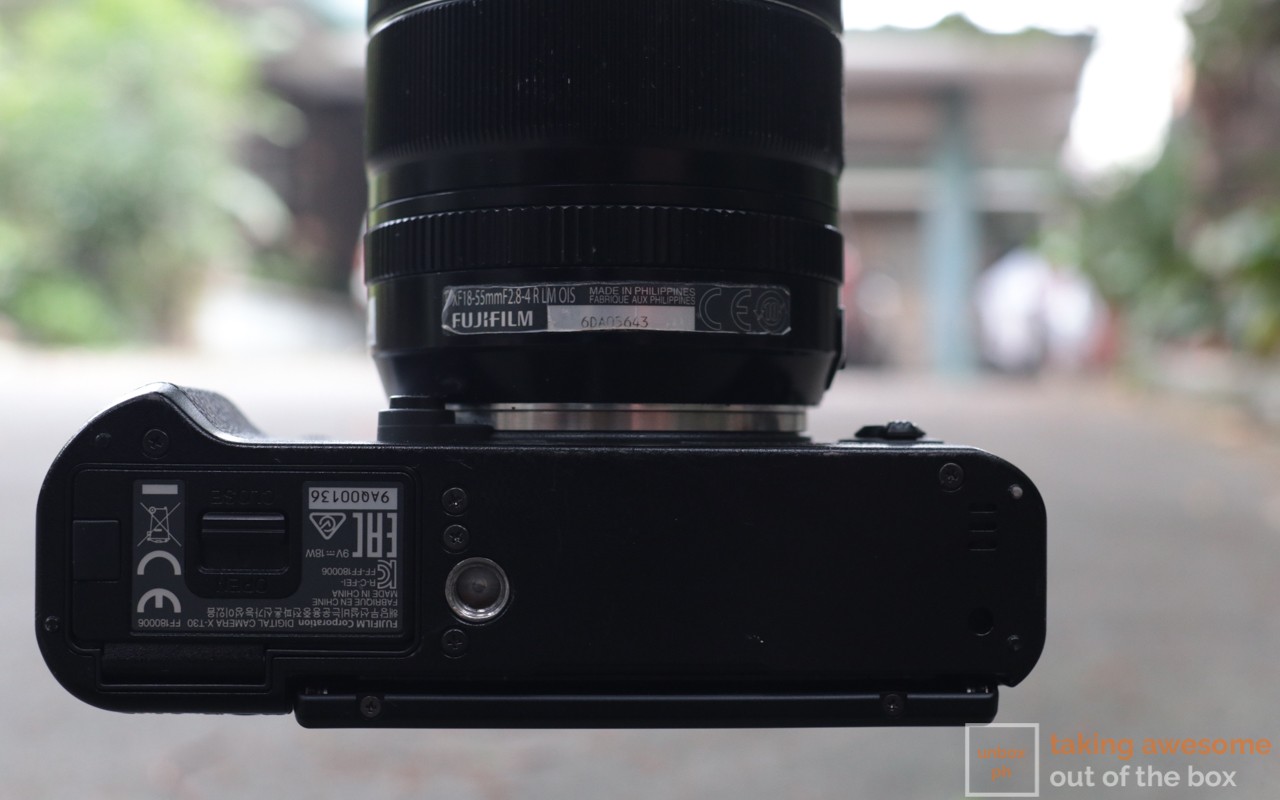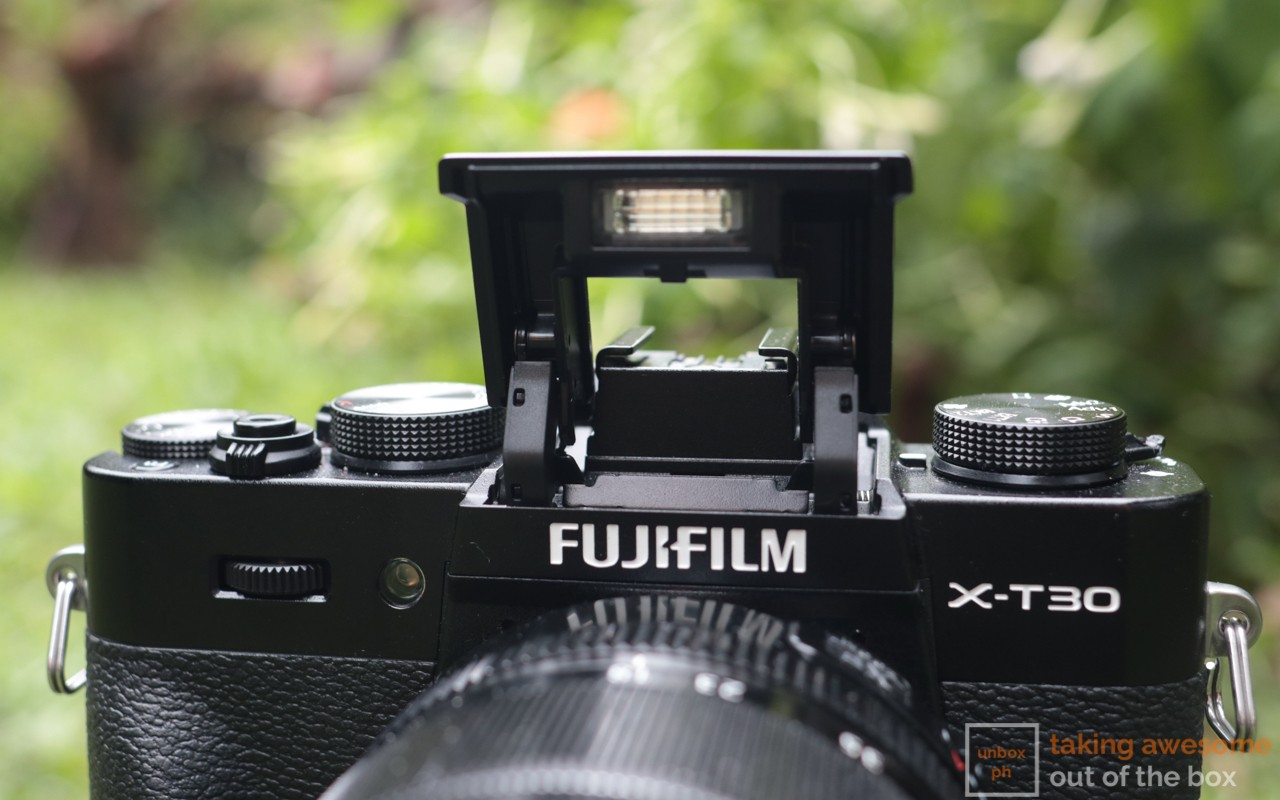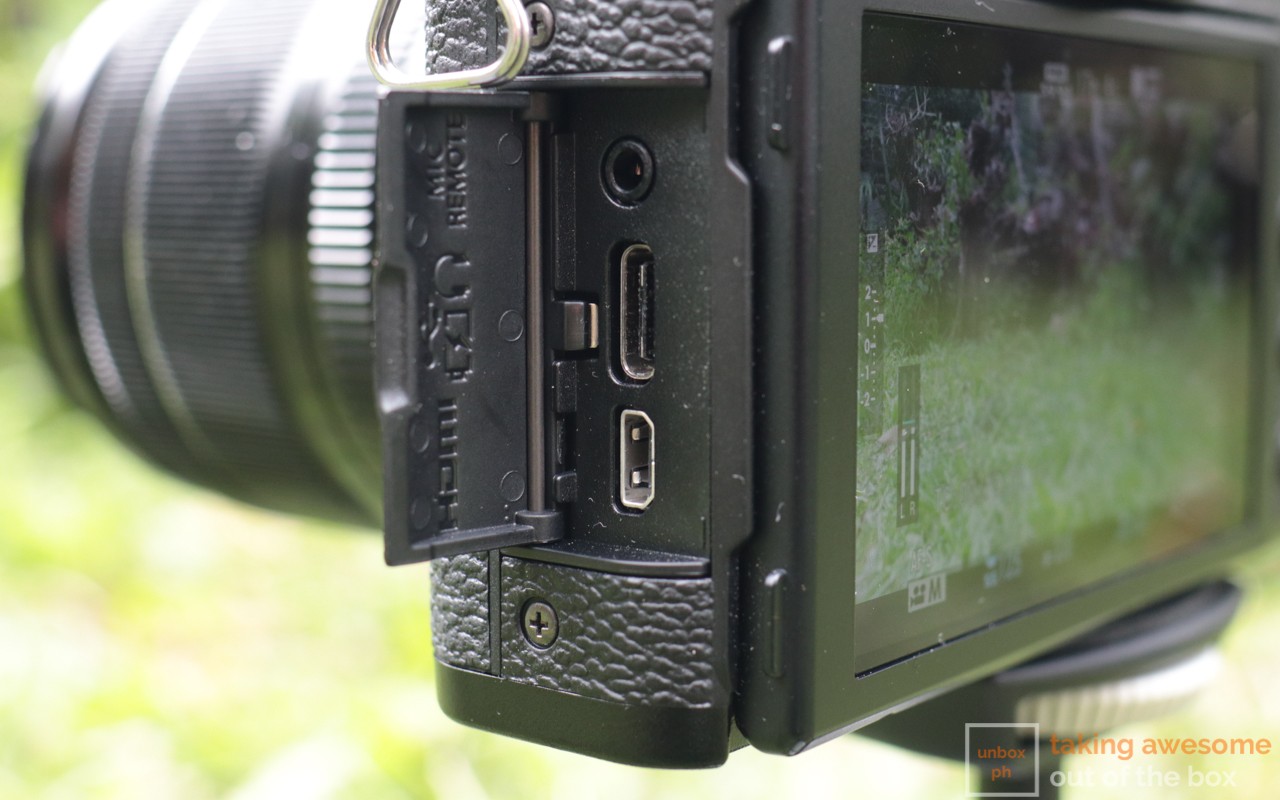 We review the X-T30!
We review the X-T30!
Fujifilm has stepped up significantly this year with the X-T3. Their 2019 semi-pro APS-C mirrorless camera is the first from the X-series line to receive an all-new sensor and 4th-generation X-Trans image processor. The two key internal upgrades enabled the X-T3 to have a blazing-fast autofocus system that can keep up with comparable models from rival brands like Canon and Sony.
With its success and generally positive feedback, it was only natural for Fujifilm to port most—if not all—of the X-T3’s features to the X-T30, the brand’s prosumer APS-C mirrorless camera. Like the X-T3, the X-T30’s key upgrades are mostly on the inside, though there have been a few exterior tweaks. But are these upgrades enough to make the X-T30 stand out against its rivals in the competitive prosumer mirrorless camera segment?
 X-T3 in a compact body
X-T3 in a compact body
Like what we said in our hands-on preview, the X-T30 is essentially a compact version of the X-T3. This makes the X-T30 feel more like a compact camera with its small build, instead of a chunky, full-bodied camera like its more expensive brother. While the camera can take Fujifilm’s professional lenses, the smaller thumb and handgrip make maneuvering with them difficult, if not impossible. That being said, the size of the 18-55 lens that comes with the kit is the most ideal for the X-T30.
Unlike the X-T3, you don’t have weather sealing on the X-T30. That shouldn’t be a big deal for most photographers and videographers unless they intend to shoot in more extreme weather conditions.
 Familiar controls
Familiar controls
If you have used an X-T20 (or any X-series camera) before, the X-T30’s controls should be familiar to you. We like the programmable controls on the X-T30, especially the shift to a joystick instead of selector buttons. The joystick control made our lives easier when selecting the desired AF point in times where touch-to-autofocus can’t nail it right.
 When it comes to ports, the X-T30 ditches MicroUSB for USB-C. The new port has support for Type-C headphones and lets you charge the camera using a power bank. As for the X-T30’s USB charging feature, you have to use a power bank/charger that supports conventional 5w/10w charging; the X-T30 will not charge if you use a fast-charging brick or a fast-charging port.
When it comes to ports, the X-T30 ditches MicroUSB for USB-C. The new port has support for Type-C headphones and lets you charge the camera using a power bank. As for the X-T30’s USB charging feature, you have to use a power bank/charger that supports conventional 5w/10w charging; the X-T30 will not charge if you use a fast-charging brick or a fast-charging port.
With all the good things about the X-T30, it’s a little frustrating that it retains the same 2.5mm microphone jack found on the X-T20. We hope that Fujifilm switches to a more conventional 3.5mm microphone jack and possibly update its USB-C port to support microphones for the next model.
 Can’t question Fujifilm colors
Can’t question Fujifilm colors
Ask any Fujifilm user why they love the X-Series (or any Fujifilm camera), and they’ll tell you the same thing: it’s because of the colors produced by Fujifilm’s X-Trans sensor. Paired with Fujifilm’s long history with film, images produced by any Fujifilm camera have an impressive dynamic range and have very good colors right out of the bat. Should you need to do post-processing, the X-T30’s JPEG files contain more than enough data for you to work on without compromising on image quality. If that’s not enough for you, you can easily jump onto the RAW files and have at it.
Things get even better with the X-T30’s all-new sensor and 4th-generation X-Trans sensor: aside from better dynamic range, the X-T30’s autofocus has improved significantly with faster tracking speeds and face/eye detection that is usable for both photo and video. On our experience, autofocus tracking is snappy, and it is at par with Canon’s Dual Pixel Autofocus.
Check out some of the photos we took using the X-T30. All photos are SOOC and only cropped and resized for this review:
 Flexible video shooting options
Flexible video shooting options
There’s more to the X-T30 beyond its ability to shoot 4K video at 30FPS: fiddling through the video options, you can choose to shoot in DCI (17:9) and shoot at a higher bitrate (you get 50, 100, and 200mbps options; the former being available with Full HD shooting) for better quality footage. Here’s a video we shot at 200mbps, 60FPS Full HD:
While we appreciate the added video features such as F-Log, the X-T30 is hampered by its limited continuous video recording: 10 minutes for 4K, and 15 minutes for Full HD. While the limitations are understandable—most likely to prevent overheating issues, we hope that Fujifilm finds a workaround to avoid these video recording constraints.
While it can’t compare with the X-T3’s video shooting options, the X-T30’s video features can match similarly-priced offerings from rival brands. Aspiring vloggers may not like the fact that the X-T3’s display is limited to a single axis. That, along with a less common 2.5mm microphone jack, means that the X-T30’s camera’s vlogging capabilities are quite limited. Fujifilm has yet to make a prosumer or semi-professional X-series camera with a fully articulating screen, so that’s something the brand may want to address with its future releases.
 Same familiar battery
Same familiar battery
Just like its predecessor (and practically every single X-Series camera), you get the same NP-W126S cell with the X-T30. While using the same battery is a plus for X-series users planning to upgrade, battery life ain’t great. Using the X-T30 as our go-to camera for both photo and video coverage, it took us around 200 photos and roughly 10 minutes of mixed 4K and Full HD video shooting before we had to juice it up.
While the X-T30’s battery life is not stellar, USB-C charging saved us in crucial times, as we just hooked up the X-T30 to our trusty power bank for a quick top-up. Nonetheless, it is practical to keep a spare battery with you if you intend to do a lot of video shooting with the X-T30.
Another thing we don’t like about the camera is how close the tripod socket is to the battery door—not to mention that the tripod socket is not aligned with the lens. We hope Fujifilm relocates the tripod socket in future iterations of its X-series cameras.
 Verdict: Fujifilm is heading in the right direction
Verdict: Fujifilm is heading in the right direction
Riding on the X-T3’s positive reviews, Fujifilm is definitely catching up against rival brands with the more affordable X-T30. While it is understandable that the X-T30 does not inherit all of the X-T3’s goodies (ie. high-resolution EVF, 3.5mm microphone jack, 4K60 video recording, weather sealing), it comes with the core, essential upgrades that make it a good alternative and a worthy upgrade for those currently using an X-T20.
At Php 75,990 with the 18-55mm f/2.8-4 WR OIS LM kit lens (or Php 52,990 for the body only), the X-T30 is priced competitively. Its closest rival—Sony’s A6400—has the same price for the body only. While Sony’s A6400 kit is more affordable at Php 58,999, the X-T30’s kit lens is far superior with a brighter f/2.8-4 aperture and a more conventional (not to mention more durable) zooming mechanism.
Don’t forget to check out our video on the X-T30:























